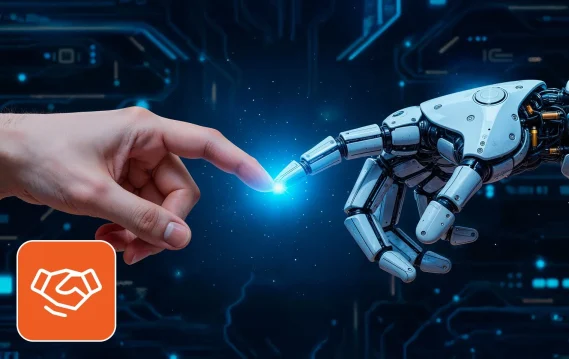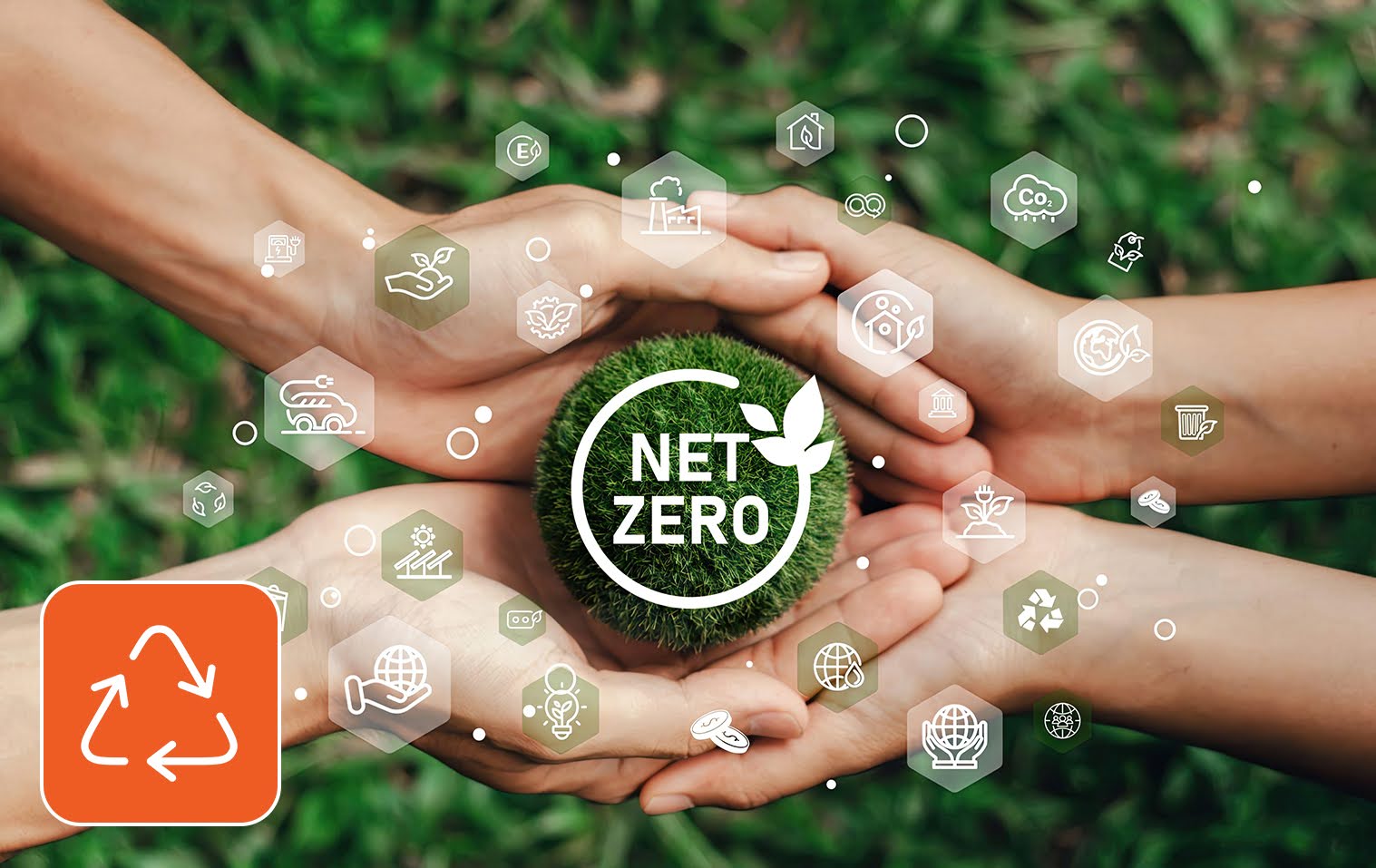Artificial intelligence is no longer a peripheral experiment in talent acquisition. By 2025, it is at the center of how staffing firms compete. Yet, not every staffing agency that buys an AI tool can claim to be “AI-ready.” Readiness is about depth, not surface adoption. It requires embedding AI into the very architecture of staffing operations so that recruiters, clients, and candidates all experience measurable gains.
This blog talks about what AI-readiness really means for staffing firms, drawing on current staffing automation trends, use cases from IT and healthcare, and the broader shifts shaping recruitment technology trends worldwide.
Why “AI in Staffing” Is Different from AI in HR
At first glance, “AI in staffing” might look like a subset of “AI in HR.” Both involve sourcing, screening, and onboarding. But staffing is fundamentally a service business with tighter margins, faster cycles, and higher accountability.
Consider the recruiter at a technology staffing firm who must fill a contract-to-hire role in under ten days. For them, AI for recruiters is not a “nice to have.” It’s the difference between keeping or losing a client. Staffing agencies operate at that razor edge, which is why their AI adoption looks different from internal HR departments.
An AI-ready staffing firm automates resumes and connects data across VMS platforms, job boards, CRM systems, and compliance checks, so the recruiter has a single view. That’s the true meaning of artificial intelligence in staffing.
The Pillars of AI Readiness in Staffing
1. Integrated Staffing Automation
Many agencies still operate in silos: recruiters logging into multiple systems, manual compliance checks, scattered notes. AI-ready firms build a connective tissue.
- Candidate matching engines that learn from past placements.
- Compliance bots that pre-check healthcare staffing firms for license validity.
- Communication assistants that schedule interviews across time zones without recruiter intervention.
This is staffing automation at its best: not replacing humans, but removing noise so recruiters can focus on conversations that matter.
2. Domain-Specific AI Models
Generic AI tools miss nuances. An engineering staffing firm needs models trained on CAD skills and safety certifications. A healthcare staffing firm must flag nurse-to-patient ratios and state licensing.
By contrast, an IT staffing firm evaluates cloud migration skills, agile frameworks, and security credentials. AI-ready agencies don’t expect one algorithm to cover all. They invest in vertical models tuned for their client base.
3. Recruiter Adoption and Trust
The best technology fails if recruiters don’t trust it. AI readiness involves cultural readiness. Firms that succeed:
- Train recruiters to treat AI hiring solutions as co-pilots, not threats.
- Provide transparency: why a candidate was recommended, what parameters were weighted.
- Balance automation with judgment, showing where humans and AI in staffing intersect productively.
The Strategic Benefits of AI Staffing Solutions
Below are the primary benefits of AI staffing solutions:
Speed Without Sacrificing Fit
Speed is often the currency of staffing. But speed without fit is a false economy. A fast hire that fails costs more than a delayed placement. AI addresses this tension.
Take the example of a logistics company facing a sudden surge in demand. It needed 300 seasonal workers in just three weeks. A partner agency, equipped with AI-powered talent acquisition, would use a system to analyze performance history, re-engagement likelihood, and assignment completion rates. Recruiters would then be able to tap into a pool of proven talent, reducing sourcing time and delivering candidates who are both fast to onboard and reliable in execution.
In short: AI removes the trade-off between speed and quality. Recruiters can deliver both.
Compliance and Risk Management
For sectors like healthcare, compliance is not an afterthought,but survival. A missed license verification can mean an entire contract is voided, damaging both revenue and reputation.
AI-driven staffing solutions change the dynamic from reactive to proactive. These systems continuously monitor state licensing boards, credentialing databases, and even expiring certifications. Instead of recruiters chasing paperwork at the eleventh hour, alerts are triggered weeks in advance.
This doesn’t just safeguard against legal exposure. It strengthens client confidence. When a hospital CFO knows their staffing partner is ahead of compliance risks, the partnership shifts from transactional to strategic.
Employer Brand Protection
Staffing agencies live and die by reputation. In the age of instant feedback, where a frustrated candidate can broadcast on Glassdoor or LinkedIn within hours, brand perception is fragile.
Here, AI tools for staffing agencies function as first-line defenders. Automated assistants acknowledge applications immediately, set realistic timelines, and keep candidates informed. Recruiters can then step in with tailored updates, rather than scrambling to catch up.
The result is a candidate experience that feels responsive and human, even at scale. For clients, this translates into fewer complaints, stronger employer branding, and a quieter social media presence around hiring frustrations.
Recruitment Technology Trends Shaping 2025
- Generative AI in staffing is moving beyond job descriptions. Agencies are using it to draft client proposals, training materials, even first-round candidate assessments.
- Conversational AI is normalizing. Candidates expect chat-based updates on application status.
- AI-powered recruiting tools with predictive analytics are no longer experimental; they are table stakes.
- Cross-industry adoption means agencies must differentiate. For example, a technology staffing firm adopting AI must highlight domain expertise, not just faster sourcing.
Also read: 8 Emerging Workplace Trends Shaping 2025
Avoiding the Shiny Object Trap
Not every solution placed under the category of AI staffing solutions delivers strategic value. Agencies chasing tools without integration create “app fatigue” for recruiters.
The test of AI-readiness is simple: does it reduce overhead cost? Does it improve fill rate? Does it scale across divisions without fragmenting data?
Firms that ask these questions avoid the fate of being “AI-adopters” without becoming truly “AI-ready.”
The Bottom Line
By 2025, AI in staffing will be less about pilots and more about permanent infrastructure. The firms that win will not just own the latest AI hiring solutions, but the mindset to deploy them at scale.
Think of AI readiness as building a bridge. Tools are the steel beams. Recruiter trust is the foundation. Domain-specific models are the road surface. Without all three, traffic won’t flow.
For staffing leaders, the payoff is not abstract. It’s:
- Reduced cycle time in contingent hiring.
- Higher recruiter productivity without burnout.
- Client retention, because placements stick.
And perhaps most importantly: a staffing model that can flex with shocks. Whether it’s a spike in demand for cybersecurity talent or sudden shortages in healthcare, an AI-ready firm adapts without collapsing under manual workload.
Ready to Move From AI Adoption to AI Readiness?
At SPECTRAFORCE, we engineer staffing solutions that are AI-ready by design. If you’re evaluating how to embed AI into your staffing architecture, our team can help.
Explore how SPECTRAFORCE’s staffing solutions deliver speed, compliance, and candidate experiences that protect your brand.
FAQs
“AI-ready” staffing means that a firm doesn’t just buy tools, but builds its processes, data infrastructure, and culture around AI. It means:
Having clean, structured data in your ATS, CRM, compliance systems so that candidate histories, credentials, and performance metrics can feed into algorithms reliably.
Verticalized models tuned to your domain (e.g. healthcare staffing firms, engineering staffing firms, IT staffing firms) so the AI understands domain-specific requirements, not generic ones.
Recruiters who trust, understand, and consistently use AI tools—not just as gadgets but as core parts of sourcing, matching, and candidate engagement.
Staffing firms adopting AI face risks around bias, legal/regulatory compliance, data privacy, and overdependence on tools. Mitigation strategies include:
Regular audits of AI-decision logic for bias; ensuring models are transparent and parameters adjustable.
Keeping compliance bots and credential verification active in domains (e.g. healthcare) where state or national licensing varies.
Having human oversight, especially in communication and candidate feedback loops, to catch errors or lapses the AI misses.
Strong data governance so that data feeding AI is accurate, current, and secure.
Staffing firms can measure ROI by tracking metrics such as:
Reduction in time-to-fill, especially for roles with tight turnarounds (e.g. contract or seasonal placements).
Candidate quality / retention rates after placement (how many stay, how many perform); decline in mis-hires.
Reduction in compliance or credentialing errors (and costs associated with those errors).
Candidate satisfaction and employer brand indicators (e.g., feedback, drop-off rates, negative reviews).
Recruiter productivity (how many placements per recruiter, fewer hours spent on administrative tasks)
Essential tools/features include:
Candidate matching & ranking engines that incorporate performance history and domain-specific credentials.
Auto-verification/compliance bots for credentials or licenses, especially in regulated fields.
Communication automation (chatbots, timely candidate updates) to protect employer brand and reduce drop-off
Optional (but increasingly valuable) features:
Generative AI for content: drafting job descriptions or initial outreach templates.
Conversational voice AI or recruiting agents for scaling candidate communication.
Predictive analytics for hiring trends, labor market insights.
A gradual, staged approach works best; key first steps include:
Audit existing data sources and clean up your ATS/CRM/compliance records to ensure quality inputs.
Pilot one or two use cases: e.g., using AI for candidate reengagement, or automating the scheduling process.
Provide training so recruiters see AI as co-pilots, not replacements. Transparency about how AI decisions are made builds trust.
Establish feedback loops: monitor performance, client satisfaction, candidate experience, and iterate—adjust models, rules, or procedures as you go.



